Barrel Spotlight: One Mash Bill, Two Unique Paths
Welcome back to the Brindiamo Barrel Spotlight, our weekly email series highlighting the barrels, distilleries, and market dynamics shaping today’s...
2 min read
 Matt Breese
:
Apr 22, 2025 1:53:24 PM
Matt Breese
:
Apr 22, 2025 1:53:24 PM
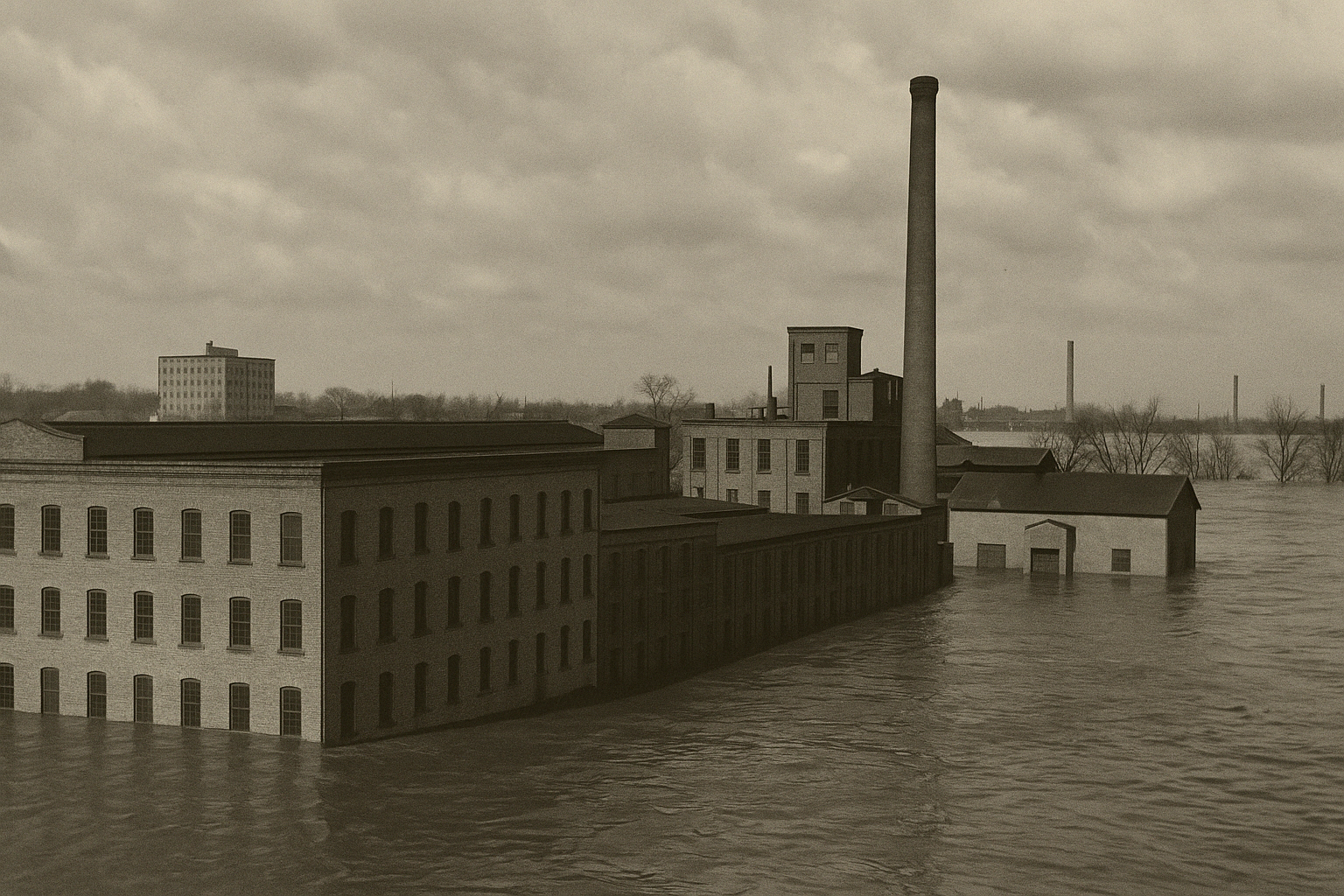
Nearly a century ago, one of the most devastating natural disasters in American history struck the heart of bourbon country. In January 1937, the Ohio River swelled far beyond its banks, submerging nearly 70% of downtown Louisville. What became known as the 100-Year Flood inflicted widespread destruction on the region, resulting in over $8 billion in damages when adjusted for today’s currency.
The impact of that flood still echoes through the bourbon industry today—not just in infrastructure, but in the very way distilleries approach site selection, risk management, and resiliency.
For many distilleries, the timing of the flood could not have been worse. The 1930s were a period of slow recovery following the repeal of Prohibition in 1933. Producers were just beginning to restart operations, rehire workers, and reinvest in aging stocks. The flood of 1937 dealt a second devastating blow, destroying equipment, interrupting production, and leading to mass selloffs and consolidations across the industry.
One aerial image from the time captures Bernheim Distillery (DSP #1) underwater. Just weeks after the peak floodwaters, the distillery was sold to Lewis Rosentiel in February 1937. Bernheim wasn’t alone. Other facilities across the Ohio Valley were either shuttered or absorbed by larger players—a trend that reshaped the bourbon landscape.
Before the Industrial Revolution, distilleries needed to be near water for practical reasons:
Powering mills and mash tubs
Sourcing clean water for fermentation
Transporting barrels via river routes
This made riverside land ideal—but also exposed operations to recurring flood risks. In fact, some historic sites in Kentucky still experience flooding every 10 to 15 years.
Over time, the bourbon industry became remarkably adept at flood cleanup, with distillery teams navigating seasonal river rises, humidity fluctuations, and infrastructure preservation as part of their standard operating playbook.
From a branding perspective, water’s imprint on bourbon runs deeper than logistics. The next time you browse your local liquor store, you’ll notice:
Brand names featuring creeks, springs, or rivers
Labels paying homage to the waterways that once powered their stills
Marketing stories steeped in tales of “Kentucky limestone water”
These elements reflect not only bourbon’s origin story—but its enduring relationship with the land and water around it.
The brick warehouses at Bernheim, which stood through the 1937 flood, are still in use today. If you visit, you’ll see large concrete support pillars on the first floor—still stained with the watermark from the flood that changed everything.
After the original Heaven Hill Springs Distillery (located near Rowan Creek) burned down in 1996, Heaven Hill purchased Bernheim in 1999. And in a nod to history and progress, Heaven Hill’s new $200 million Springs Distillery, which filled its first commemorative barrel on April 7, 2025, was strategically built inland—away from creeks or flood zones.
Floods are no longer just a historical footnote—they're a key consideration in the future of bourbon production. As climate change brings more frequent and intense weather patterns, distilleries are:
Re-evaluating floodplain risk
Incorporating elevated rickhouse design
Insuring aging barrels more aggressively
Prioritizing sustainability and long-term resilience
The bourbon industry has always been about patience, craft, and adaptation. And just like the whiskey in the barrel, shaped by its environment, the distilleries themselves continue to evolve—resilient as ever.
Brindiamo helps brands navigate the complexities of bourbon sourcing, distillery partnerships, and long-term risk strategy. If you're developing a new product or expanding your brand, we’re here to help you build with history—and the future—in mind.
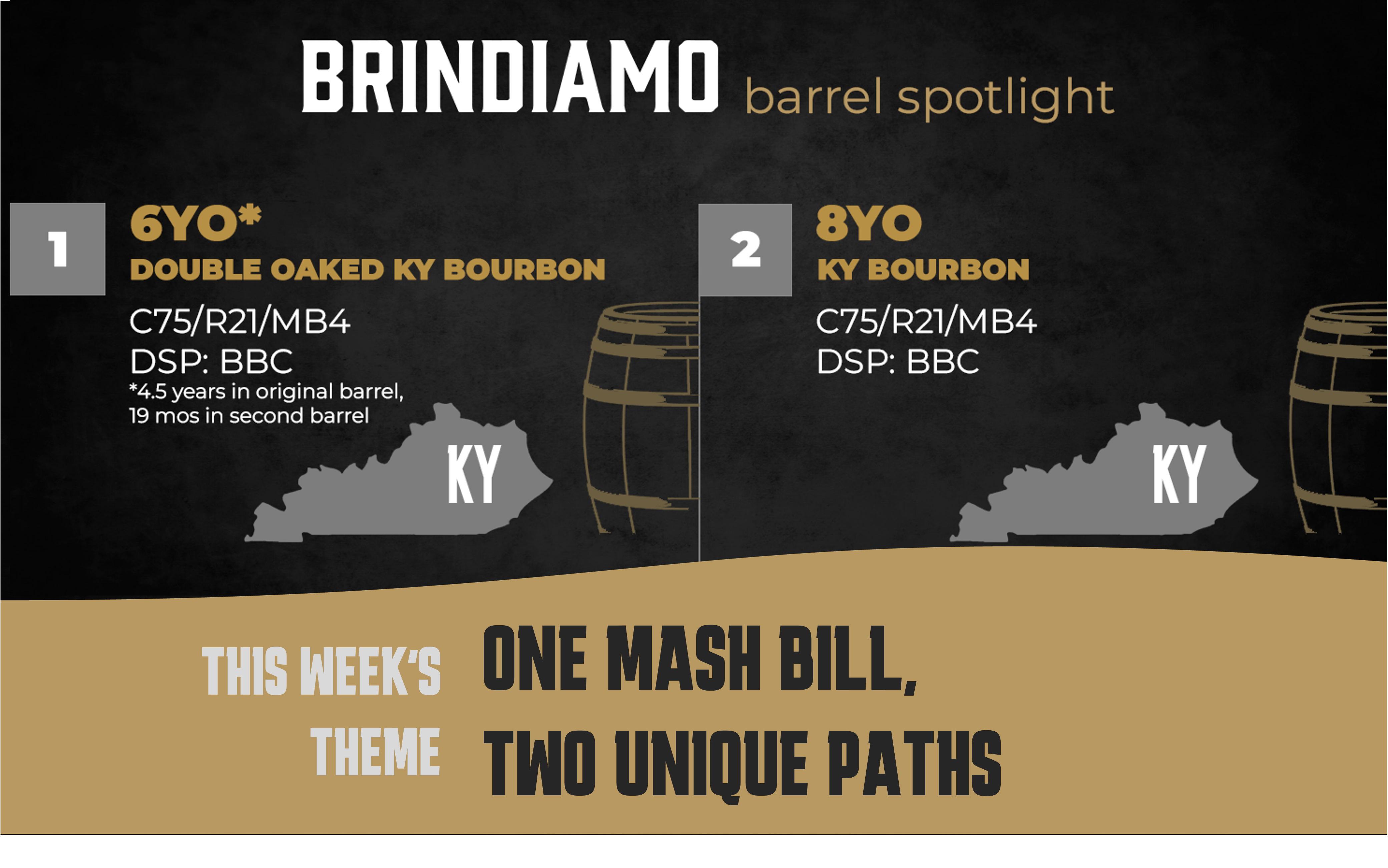
Welcome back to the Brindiamo Barrel Spotlight, our weekly email series highlighting the barrels, distilleries, and market dynamics shaping today’s...
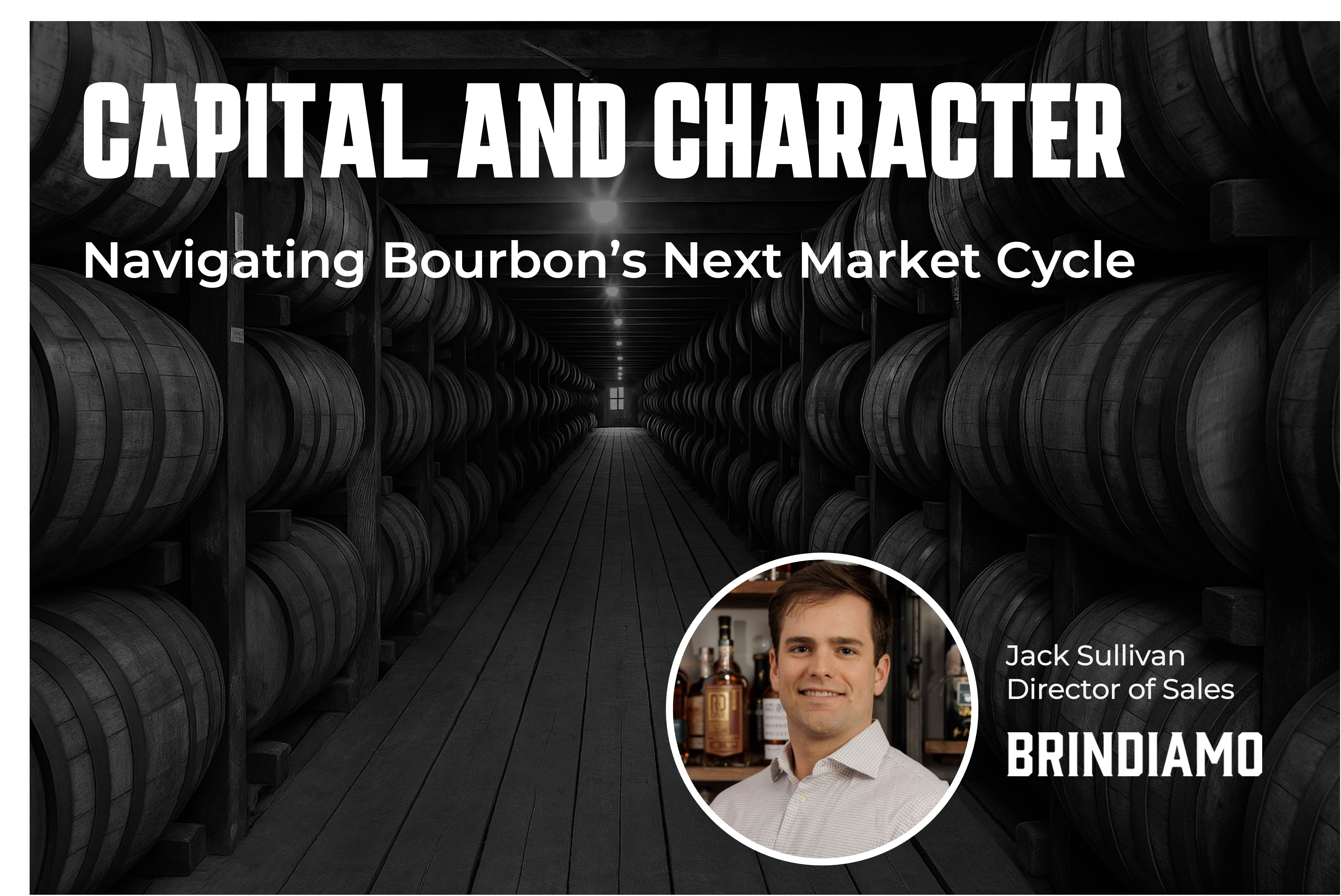
The market for bourbon barrels is bifurcated. Over the course of the last 24 months, the conversation has shifted from how to find whiskey to how to...
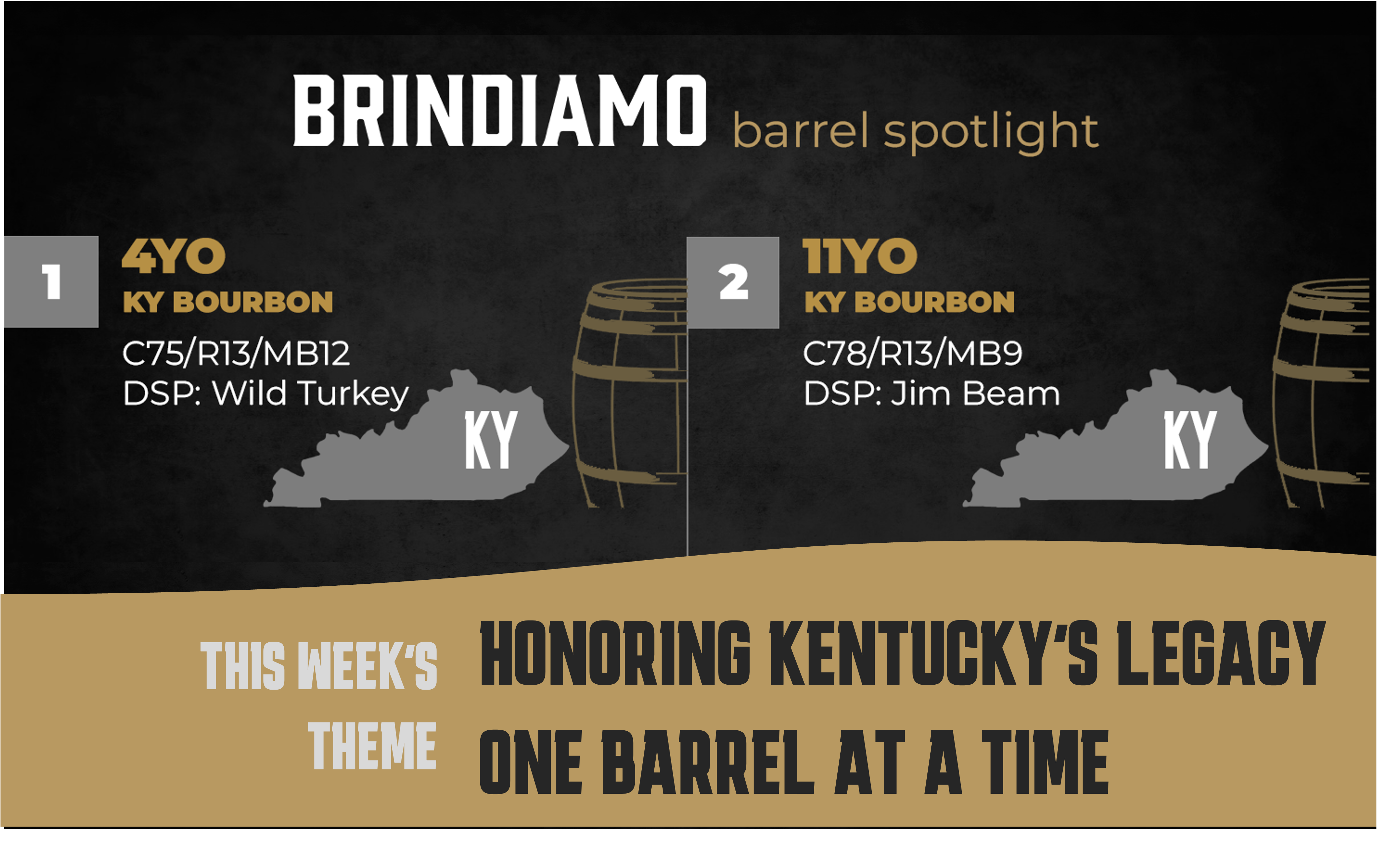
Welcome to the Brindiamo Barrel Spotlight, our weekly series celebrating the barrels, distilleries, and market dynamics shaping today’s whiskey...
.png)
Published by Louisville Business FirstApril 7, 2023By Stephen P. Schmidt Jeff Hopmayer’s journey to bourbon might reflect the same of many: “I didn’t...
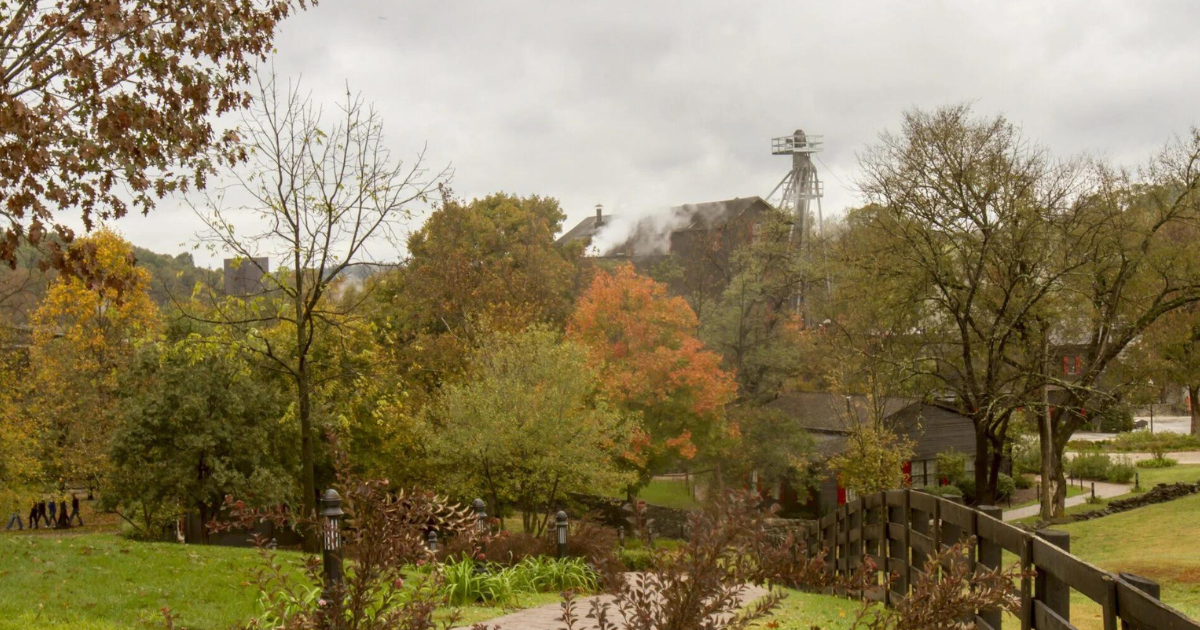
Bourbon is currently experiencing a resurgence, reminiscent of its heyday in the 1970s. During that time, the market was thriving, selling millions...
.png)
If you're looking to purchase alcohol from a bar, restaurant, grocery store, or gas station, it undergoes a specific process to reach its final...
Join the conversation
Leave a comment below.